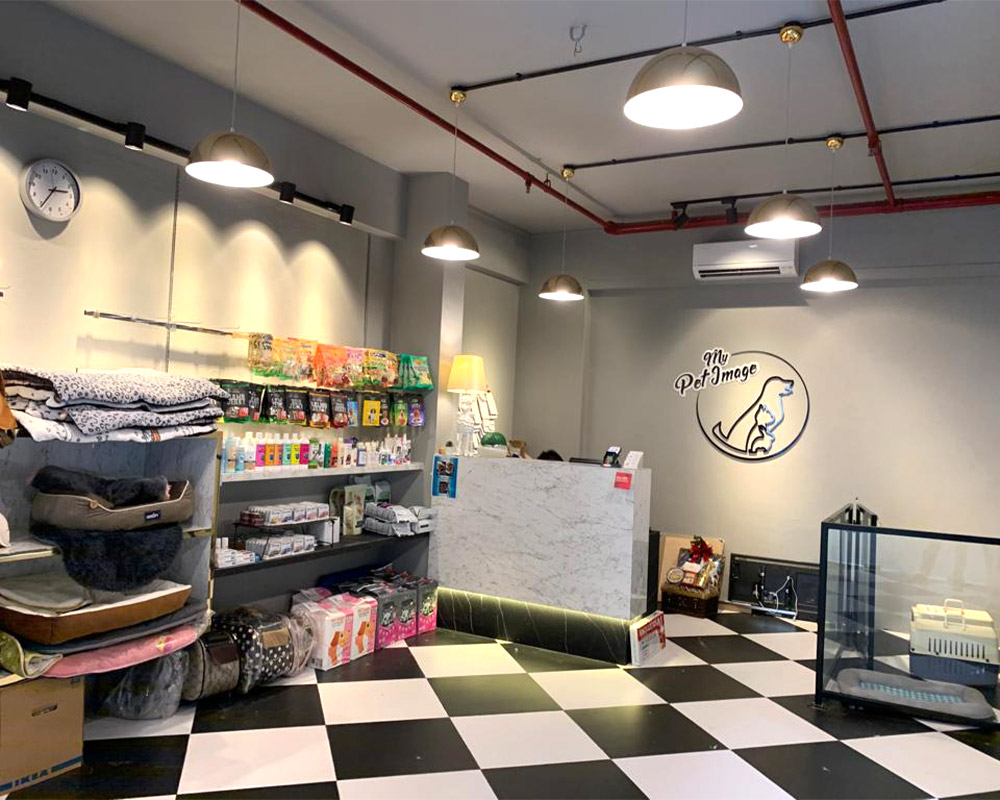Are you looking for a way to improve your commercial space, increase productivity, and enhance the well-being of your employees and customers? Look no further than biophilic design! By incorporating elements of nature into your commercial interior design, you can create a space that not only looks beautiful but also provides a host of benefits. From reducing stress levels to boosting creativity and productivity, biophilic design can transform your space into a healthy and inviting environment. In this article, we’ll explore the benefits of biophilic design and provide examples of how to incorporate it into your commercial space.
In This Article
Toggle
Benefits of Biophilic Design in Commercial Spaces
Biophilic design is an approach to commercial interior design that seeks to connect people with nature and the natural environment. Incorporating biophilic design elements into commercial spaces can provide numerous benefits for occupants. Here are some of the benefits of biophilic design:
- Improved air quality: Incorporating plants into the design can improve air quality by removing harmful pollutants and increasing oxygen levels.
- Increased productivity and creativity: Exposure to natural elements can increase productivity and creativity by reducing stress and increasing focus and concentration.
- Reduced stress and anxiety: Biophilic design can create a sense of calm and relaxation, which can reduce stress and anxiety levels in occupants.
- Better physical health: Exposure to natural elements can have positive effects on physical health, including reducing blood pressure and improving overall well-being.
- Positive impact on brand image: Incorporating biophilic design elements into commercial spaces can create a positive and forward-thinking image for the brand or business.
Principles of Biophilic Design
Biophilic design is an approach to commercial interior design that seeks to connect people with nature and the natural environment. There are several principles and strategies that can be used in biophilic design to create commercial spaces that incorporate natural elements. Here are some of the principles and strategies used in biophilic design:
- Nature in the Space: Incorporating natural elements into the space such as plants, water, and natural materials like wood and stone.
- Natural Analogues: Using materials, patterns, and colors that mimic natural elements, such as fabrics with leaf patterns or lighting that mimics the color and intensity of sunlight.
- Light and Space: Using natural light sources and creating spaces that allow for natural light to enter the space.
- Place-Based Relationships: Incorporating elements that are unique to the local environment, such as artwork or materials that are locally sourced.
- Evoking Nature: Creating an atmosphere that evokes a natural environment through the use of sounds, smells, and textures.
Examples of how these principles can be incorporated into commercial spaces:
- Incorporating a green wall or vertical garden into the design of a lobby or waiting area to create a calming and visually interesting environment.
- Using natural materials such as wood or stone for flooring, walls, or furniture to bring a sense of warmth and naturalness to a space.
- Creating an outdoor patio or green space for employees or customers to take breaks and connect with nature.
- Using daylighting techniques to bring natural light into a space and reduce reliance on artificial lighting.

Implementation of Biophilic Design in Commercial Spaces
When incorporating biophilic design into a commercial space, there are several steps and considerations that should be taken into account to ensure a successful implementation. Here are some steps and considerations to keep in mind:
Steps to take when incorporating biophilic design into a commercial space:
- Conduct a site analysis to determine the existing environmental conditions and opportunities for incorporating natural elements.
- Develop a biophilic design plan that incorporates the principles and strategies of biophilic design.
- Select appropriate plants, materials, and colors based on the specific needs and constraints of the space.
- Incorporate natural elements into the design, such as plants, water features, natural materials, and natural light sources.
- Ensure that the design provides opportunities for occupants to connect with nature and experience the benefits of biophilic design.
Considerations when selecting plants, materials, and colors:
- Consider the specific environmental conditions of the space, such as light levels, humidity, and temperature, when selecting plants.
- Choose materials that are sustainable, locally sourced, and non-toxic to ensure a healthy and eco-friendly environment.
- Select colors that are inspired by nature, such as earth tones, blues, and greens, to create a calming and restorative atmosphere.
- Incorporate natural textures, such as wood or stone, to bring a sense of warmth and naturalness to the space.
- Consider the maintenance requirements of plants and natural elements when selecting them to ensure they can be properly cared for and sustained over time.
Examples of Biophilic Design in Commercial Spaces in Singapore
Singapore is a city that has embraced biophilic design in its commercial spaces, with numerous businesses incorporating natural elements into their designs. Here are some examples of local businesses in Singapore that have successfully integrated biophilic design into their spaces:
- Nong: This restaurant located in the heart of the city features a lush green wall that serves as a centerpiece of the space. The use of natural materials such as wood and stone, as well as the incorporation of potted plants throughout the space, creates a warm and inviting atmosphere.
- The Great Room: This co-working space incorporates biophilic design principles throughout its design, including the use of natural light sources, plants, and natural materials such as wood and stone. The space also features a green wall and a rooftop garden that provides a tranquil space for employees to take a break and connect with nature.
- Skyscanner: The Singapore office of this global travel company features a biophilic design that incorporates natural materials and a variety of plants throughout the space. The design also includes an indoor garden and a living wall, creating a calming and restorative environment for employees.
- Gardens by the Bay: This iconic attraction in Singapore incorporates biophilic design principles throughout its design, including the use of natural materials such as wood and stone, the incorporation of water features, and the use of plants and trees throughout the space. The attraction also features several indoor gardens that provide visitors with a unique and immersive experience of nature.
These businesses showcase how biophilic design can be successfully incorporated into commercial spaces in Singapore.

What we have learnt
Biophilic design offers numerous benefits to commercial spaces, including improved employee productivity, better customer experience, and a positive impact on the environment. By incorporating natural elements into your interior design, you can create a welcoming and soothing environment that promotes wellness and enhances the overall ambiance of your commercial space. Whether it’s adding greenery, natural light, or natural materials, biophilic design is a powerful tool that can transform your commercial space into a healthier and more enjoyable place for everyone.
So why not embrace biophilic design and create a space that not only looks great but also promotes health and wellbeing?
Renovate with Todzterior!
We’re here to help you get started with Smart Home solutions.
Todzterior is the only company whose mission is to make homes “Smart.” In other words, our Smart Home solutions are built to help make your life easier. The possibilities for the future of the smart home are endless. You’ve come to the right place. We’re here to help you get started with Smart Home solutions and ensure you with smart quality and reliability.
Don’t hesitate to find out more about us. Call us here or visit our showroom at 7 Gambas Crescent #01-03 Ark@Gambas Singapore 757087.

Frequently asked Question
1) What is biophilic design?
A: Biophilic design is an approach to commercial interior design that incorporates elements of nature into the space, such as plants, natural light, and water features. This design philosophy seeks to connect people with nature in the built environment.
2) How can biophilic design benefit my commercial space?
A: Biophilic design has been shown to have many benefits for commercial spaces, including increased productivity, better employee well-being and job satisfaction, and reduced stress and absenteeism. Additionally, biophilic design can improve air quality and energy efficiency, as well as enhance the overall aesthetic of the space.
3) What are some examples of biophilic design elements?
A: Examples of biophilic design elements include indoor plants, natural light, water features, natural materials such as wood and stone, and views of nature through windows or skylights.
4) Can biophilic design work for all types of commercial spaces?
A: Yes, biophilic design can be applied to many types of commercial spaces, including offices, retail stores, restaurants, and hotels. The specific design elements and strategies used will depend on the type of space and its purpose.
5) How can I incorporate biophilic design into my commercial space?
A: There are many ways to incorporate biophilic design into a commercial space, such as adding indoor plants, installing skylights or windows that provide natural light, using natural materials such as wood or stone, and creating areas for employees or customers to connect with nature, such as a rooftop garden or outdoor seating area. Working with a professional commercial interior designer who specializes in biophilic design can help ensure that the design is tailored to the specific needs and goals of the space.
